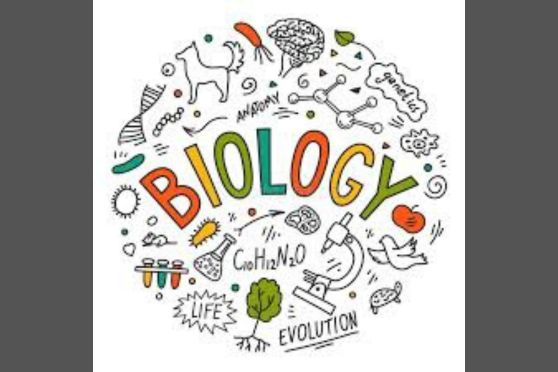Ace ICSE 2025 Biology Exam With Last Minute Suggestions From Expert- Check Important Topics to Cover


With the ICSE 2025 exams right around the corner, let’s take a look at the ICSE Class 10 Biology paper. Preparing for the ICSE 2025 Biology exam requires a strategic approach, combining effective study techniques, time management. Biology demands not only memorization but also an ability to apply knowledge in practical and analytical contexts.
And with that in mind, we bring you some expert preparation tips from Ms Shinjini Deb, Senior Biology teacher, Mahadevi Birla Shishu Vihar School. She shares her inputs on the ICSE Biology paper format, what is the proper method to study Biology for ICSE, important tricks and tips to ace the exam, essential topics to cover and a lot more. From mastering the syllabus to understanding key concepts, here’s what you need-
1.A. Question paper pattern:
Section A: 40 marks (All questions are compulsory)
MCQ— 15 marks and other objective type questions — 25 marks
Section B: 40 marks
Any 4 out of 6 questions need to be answered
4 questions of 10 marks each — 4x10
Marks division for each question — 1 +2+2+2+3
B. Division of marks (As per 2025 sample paper provided by the Council)
Basic biology — 10 marks
Plant physiology — 25 marks
Human anatomy and physiology — 52 marks
Evolution—2 marks
Population— 3 marks
Pollution — 8 marks
2. Proper way to study biology-
In-depth textual study with emphasis on keywords, learning
the definitions and laws, practice of diagrams
3. Important chapters or topics to focus on
4. Picture based questions
Correct identification of the figure with its location and function, It includes all experiments, identification of human organ systems and its parts, cell division stages, plasmolysis, chloroplast, human heart and human kidney, brain and spinal cord, reflex arc, eye, defects of the eye, ear- whole and inner ear, location of different endocrine glands in human body, human ancestors- figures
5. Scoring Section in Biology
Section A—All objective questions.
6. Time allotment for each section
Section A— 40 mins
Section B — 1 hr 10 mins
Revision —10 mins
7. Sample papers
Last 5 years Board question papers should be solved along with the Council sample paper of 2025
8. Last minute revision plan
Strictly follow the scope of the syllabus, practice of diagrams with appropriate labelling, flowcharts
Last Minute Suggestions